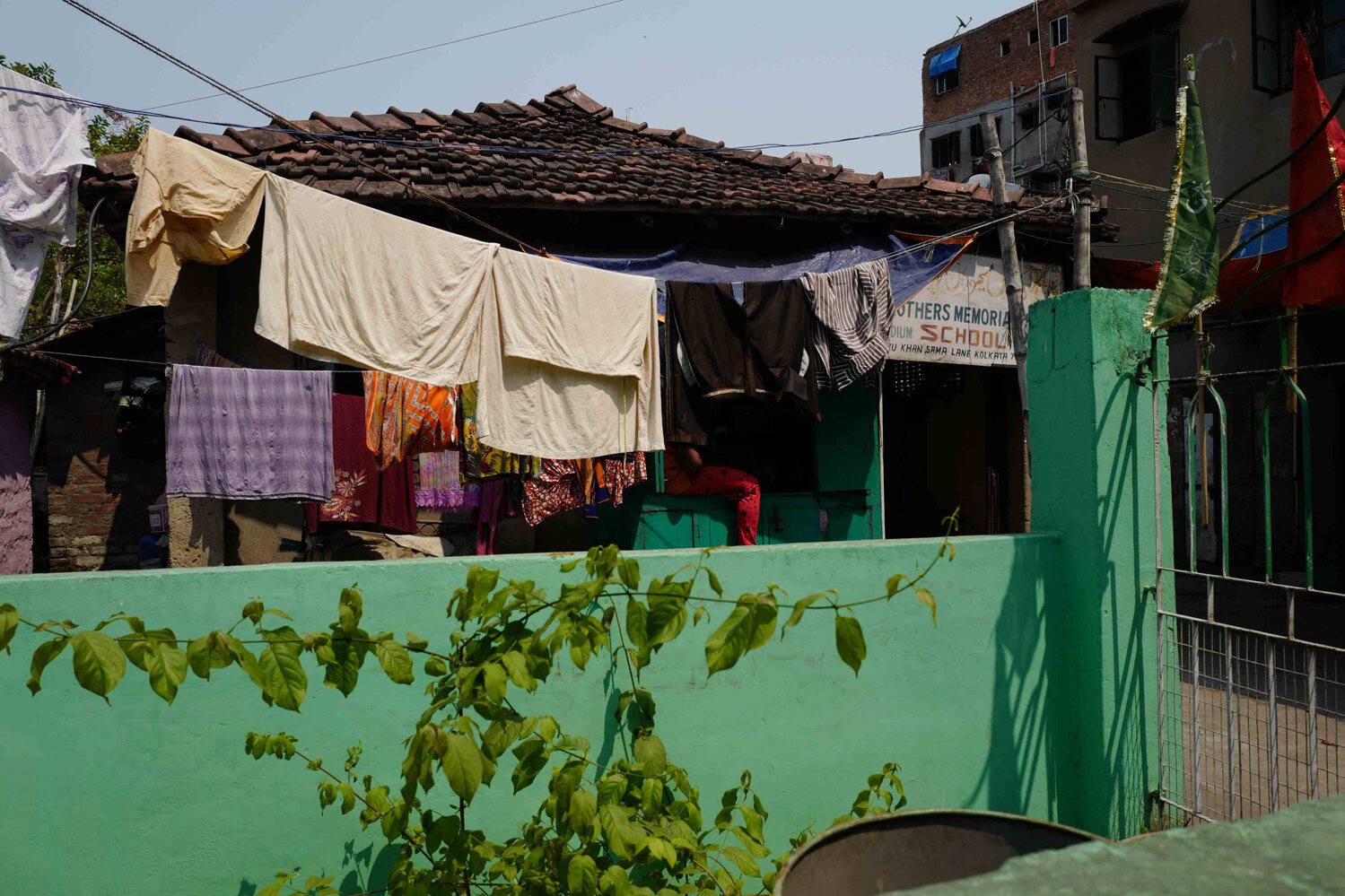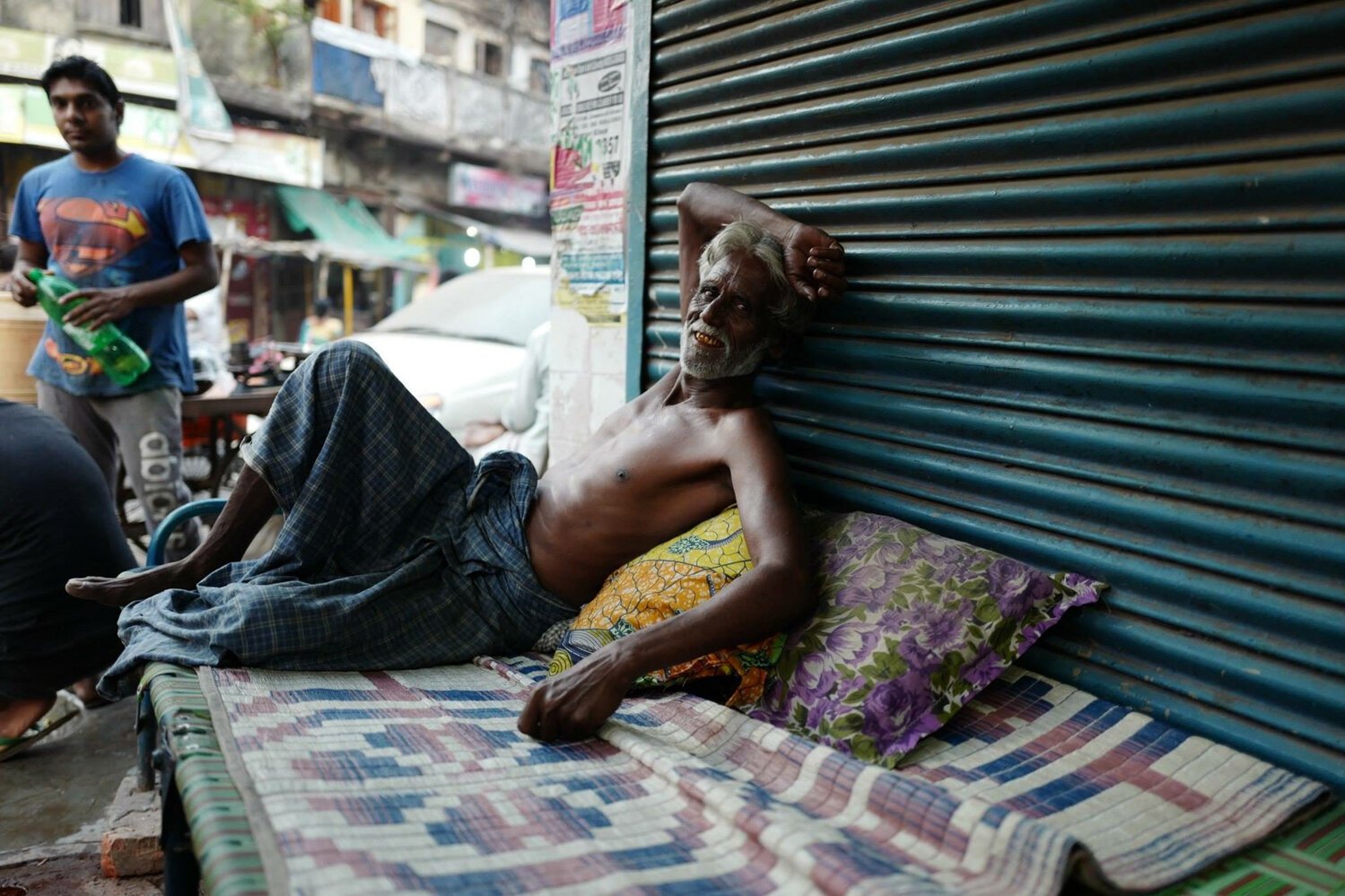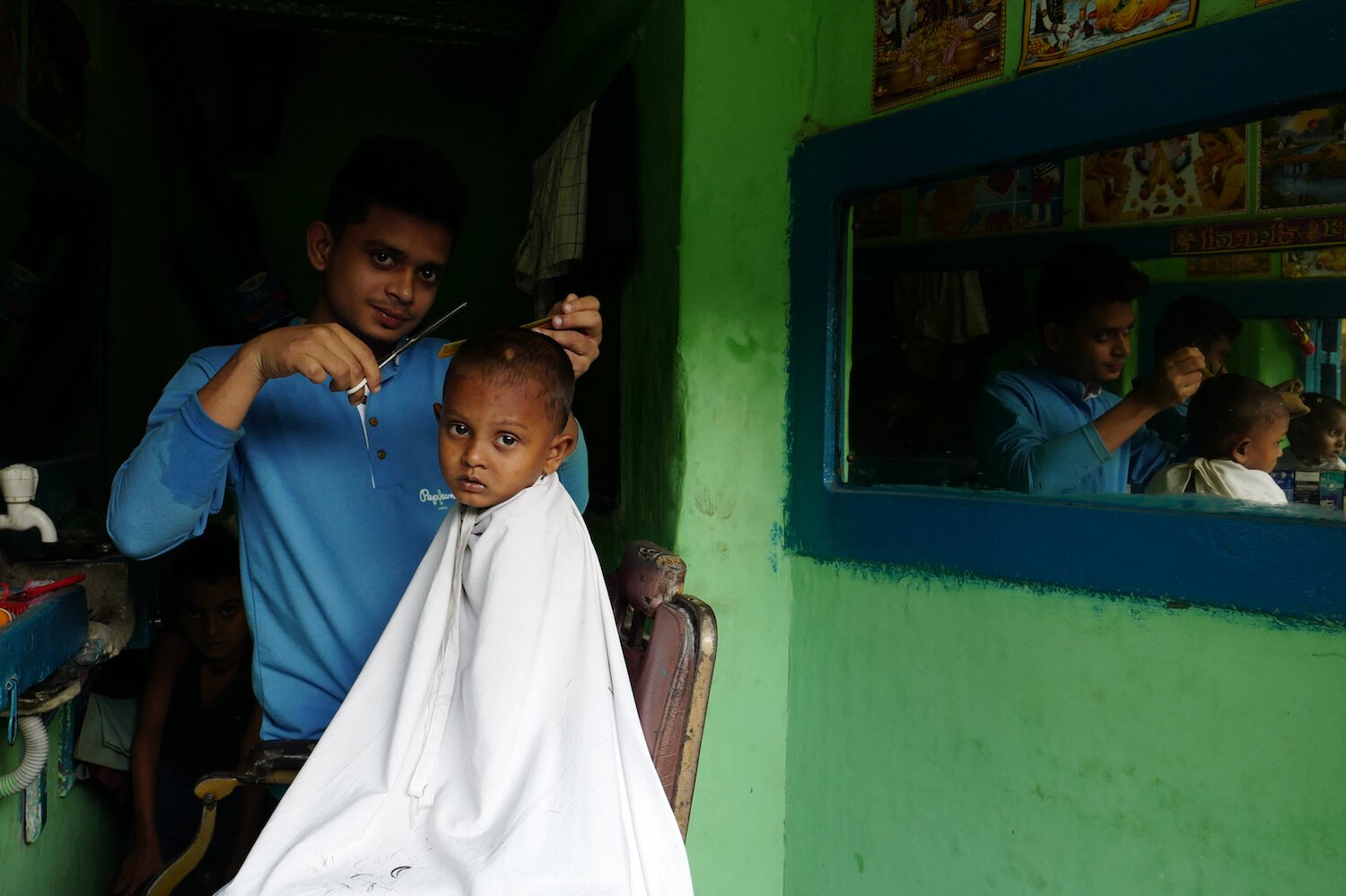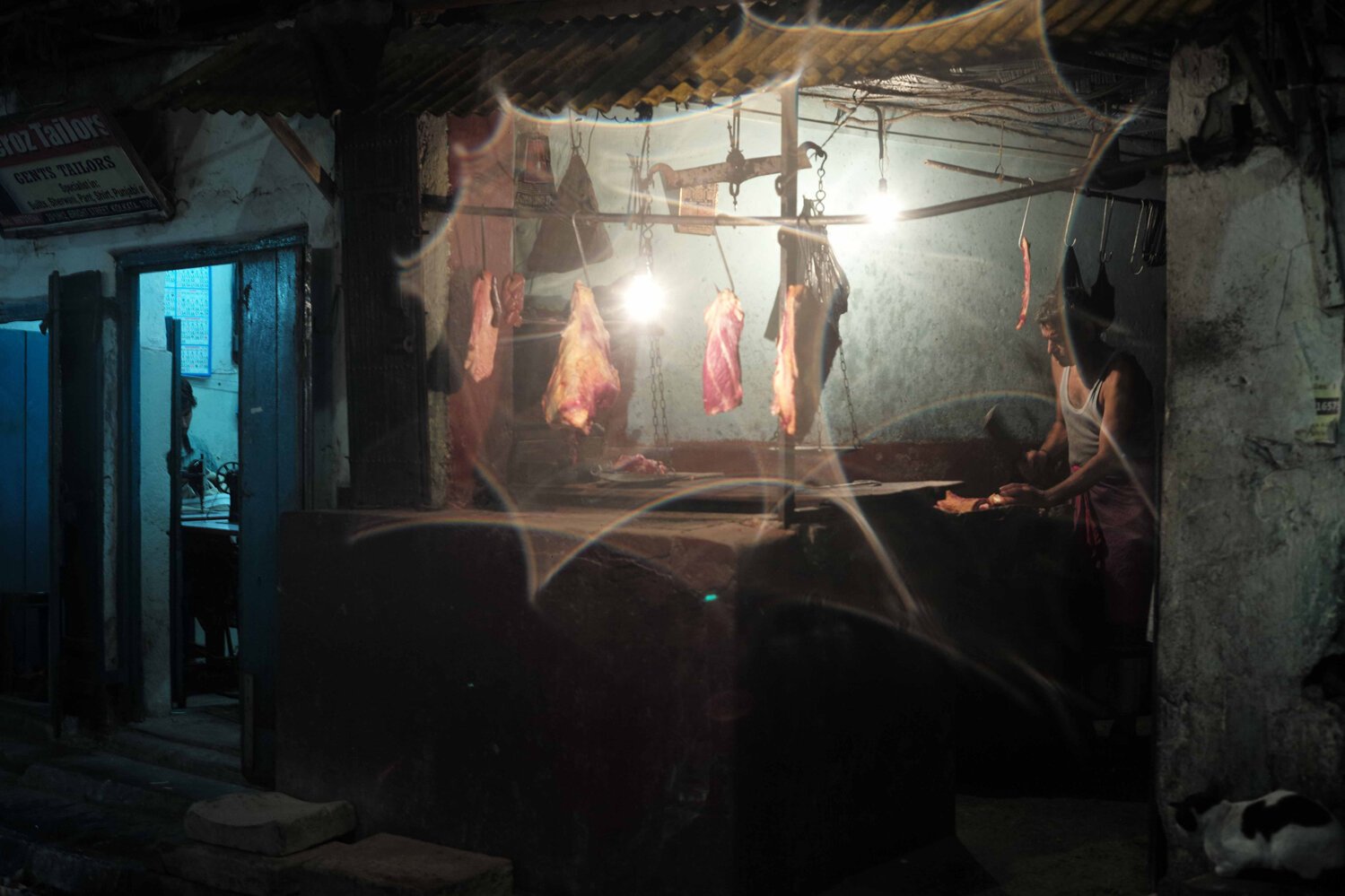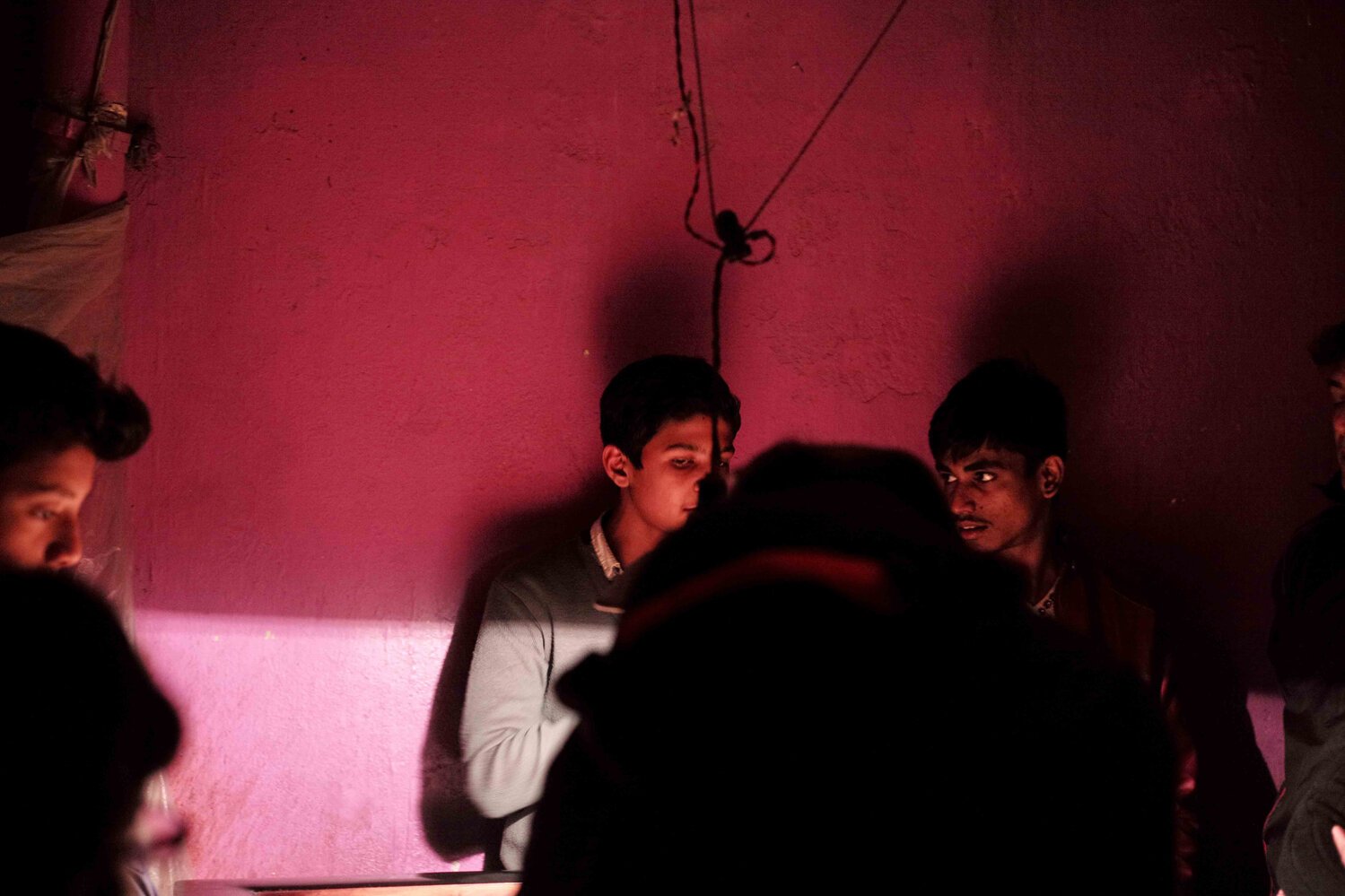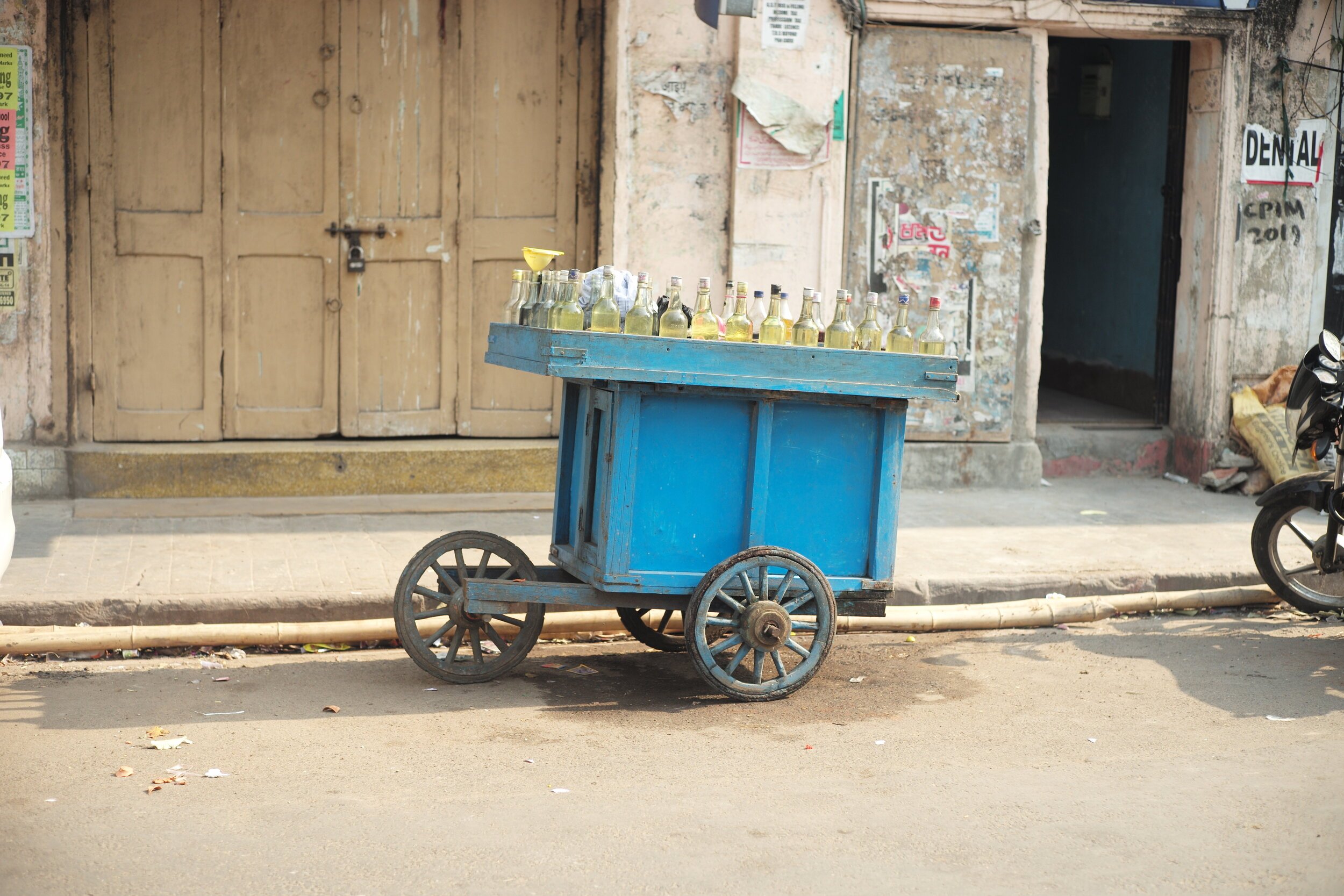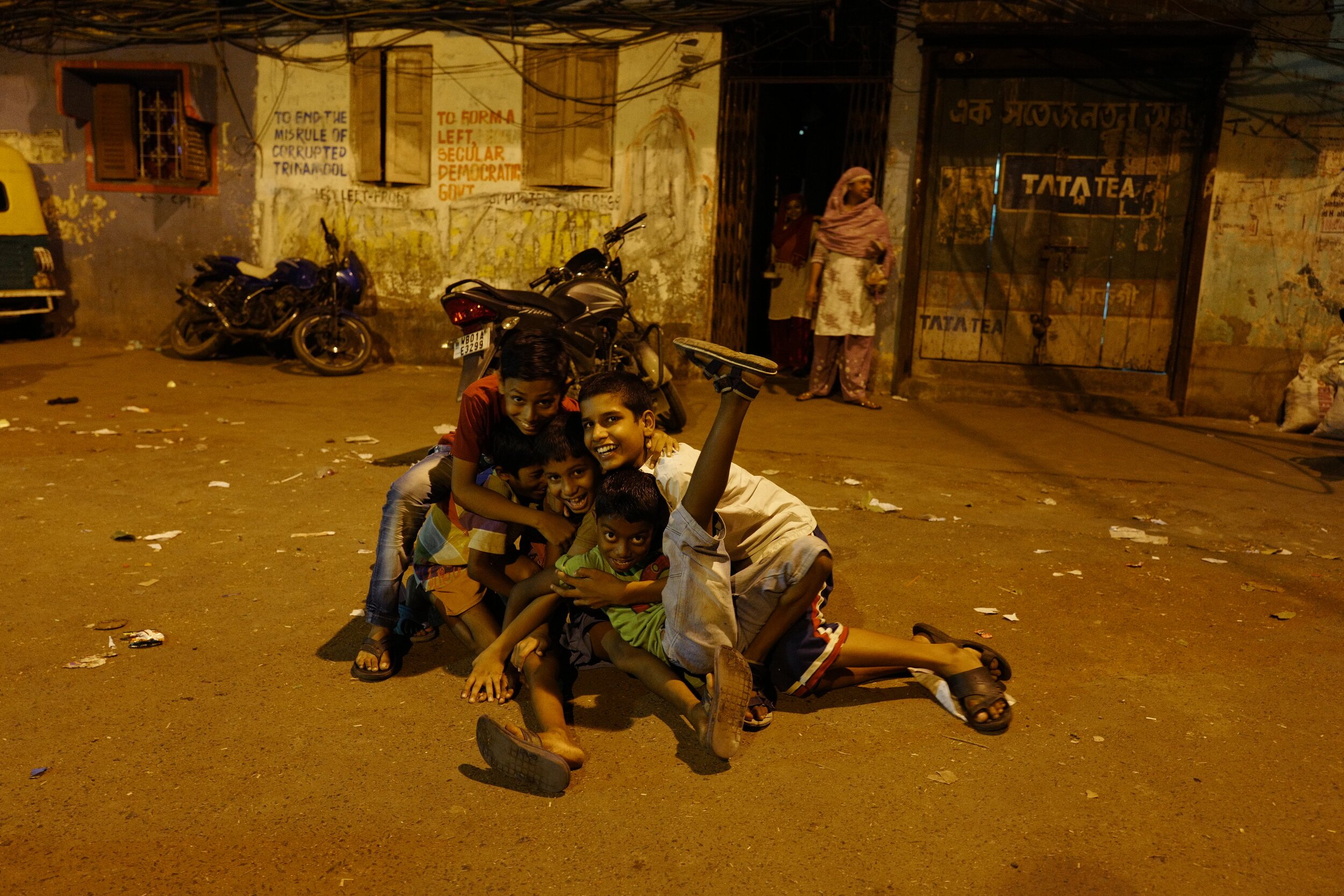Snapshot Serenity: Finding Peace Among Pixels
Welcome to this edition of [book spotlight]. Today, we uncover the layers of 'Photowali Didi,' by Buku Sarkar . We'd love to read your comments below about these insights and ideas behind the artist's work.
In an intimate dialogue, we explore the transformative journey of a photographer who found solace and healing through the lens, capturing the daily lives of a community that became an unexpected family. This narrative delves into the complexities of human connection, the art of seeing beyond one's own reflection, and the unexpected paths on which the pursuit of passion can lead us.
Initiation of the Project: What drew you to initially photograph the group of ladies doing their laundry that Saturday morning, and how did this moment evolve into a more extensive project?
I was just walking, trying to get some exercise as usual, with my camera, because I can’t go anywhere without it. Then, I came across the laundry ladies drying their clothes. There was something so joyful about them, even though it was apparent that they came from very extreme poverty. A mirth, which, in my time of despair, filled me. It was just an instinct; I just knew I had to photograph them.
Beyond Documentation: You've mentioned your intention was not to document poverty but to engage with the people out of genuine interest. How has this perspective influenced the way you interact with and photograph the community?
Well, the most important thing is that you have to build a relationship and understand your subjects before you photograph them. It has taught me to take time — one year, two years, three years, whatever it may be. But you have to question your real motive and intent for doing what you’re doing, and that takes time. And of course, I became part of the community in a weird way. Not quite a part of it; I was always an outsider, but still close enough that they would call me at 11 o'clock at night because they were having a special event and wanted me to photograph it. It felt special to belong, especially in the city where, even though I was born there, I had no more connections with.
Giving Back Happiness: Making prints for the community members was your way of sharing happiness. Can you elaborate on the reactions and interactions that ensued from this exchange?
Surprise, for sure. Because in this era of cell phones and selfies, no one really sees physical prints anymore unless they're a professional. They were amused and enthused, and they would pass the photographs from hand to hand, from one lady to another. They would keep the ones that were of themselves and return the ones that were of other people from other walks. Often, I would not be able to find the subject of a photograph and would have to ask a little boy on the street. I’d show him the picture and say, "Do you know this person?" Most of the time, they would, and would lead me the way to their house, which is through a labyrinth of little alleys.
Exploring Resilience and Belonging: Your project touches on resilience, belonging, and challenging stereotypes. How do you approach these themes visually and emotionally through your photography?
I didn’t do any of it consciously. It all occurred to me afterwards that these were things I was looking for. Belonging, well, we all want to belong somewhere. Exploring resilience, well, these residents of this area have gone through incredible hardships, and listening to their stories, I would forget about my own difficulties. But the thing is, I couldn’t let these issues affect my relationship with my subjects. You have to follow your instinct, and later your instinct tells you what it was really trying to tell you at that moment. Does that make sense? If you start a project with too many questions, you’re just going to create a mishmash of everything. I never went out with a specific intent; if I had any intent, it was only to take some nice pictures and escape from thinking about my illness all the time.
Relationship Dynamics: You describe the relationship with the community as unequal yet mutually beneficial. How has this relationship evolved over the years, and what have been the most significant moments for you?
It is as it always was, and it's as it always will be. We are friends, but in India, it is difficult to say that you are truly friends with someone from the slums. It is not the same as it is in America. We don’t speak the same language; we haven’t had remotely similar education or upbringing. Class will always be there between us; that will always be a hindrance in our friendship. But yes, at the same time, they are my neighbors. They recognize me on the streets, they stop me to say hello, they give me a cup of tea, we make small talk. And that fills a huge part of your day in a very meaningful way. It’s like living in New York, where all the dog owners stop to say hello to each other every morning, or like how I see my dry cleaning lady every morning, and she gives my dog treats. These little relationships mean a lot to me.
I’m still in touch with the girls. I still help them out financially, but I’m trying to make them self-sufficient, more than just giving money. They WhatsApp me every once in a while. Their mother has passed away now. I haven’t been back to India in the last year, so I haven’t been able to give them the book yet. I can’t wait for them to see it.
Impact on Personal Healing: Photography served as a coping mechanism during a challenging time in your life. Can you share more about how the act of photographing this community contributed to your own healing process?
Well, mostly, it was a way of distracting my mind and not thinking constantly about one thing: "Why am I sick? And why am I not writing?" Writing was too daunting and still is. It requires a certain kind of energy, concentration, and focus that I still cannot muster. There's something instantaneous in photography that provides, a) instant gratification, and b) relief to the side of me that constantly wants to create or else feels restless.
Future Directions: Having become deeply involved with the community and earned the affectionate title of 'Photowalli Didi,' what are your future plans for this project? Are there any new narratives or expansions you're exploring?
I think I’m done photographing the laundry ladies and all the residents of that area. I will always return whenever I go back to Kolkata to say hello, to give them a box of sweets, to have a cup of tea, and of course, they will ask me to take pictures, and I will. But this project, for me, has ended. Who knows, maybe there'll be a part two, but it hasn’t happened yet. As I said, my friendship with them, and my relationship with them, came with no agenda. So if another project happens, it will happen accidentally, just like it did the first time.
To discover more about this intriguing body of work and how you can acquire your own copy, you can find and purchase the book here.

